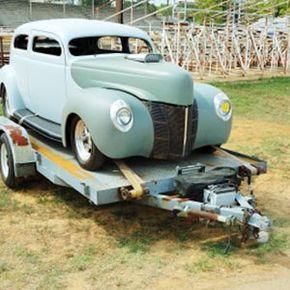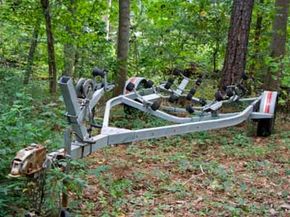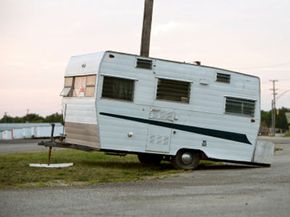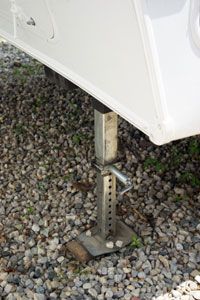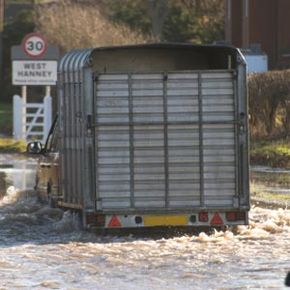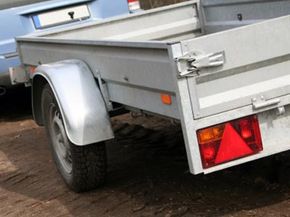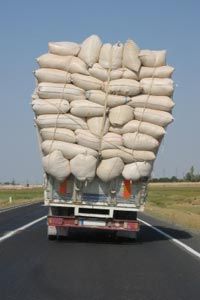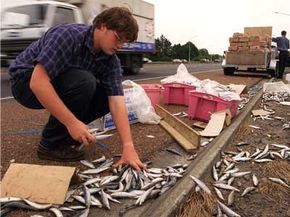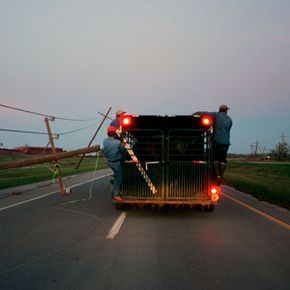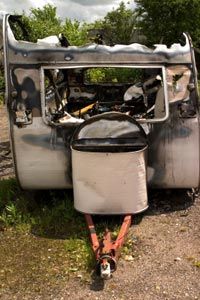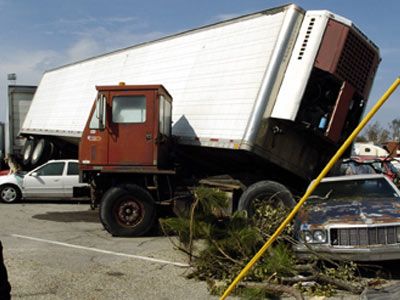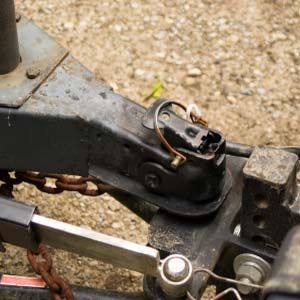Maybe you've just bought a boat and you want to take it out on the lake. Or perhaps you're preparing to move to a new city and you need to rent a trailer to carry your belongings. Or you may want to take your family on a cross country trip in an RV and tow a second vehicle behind you for sightseeing trips. These are just a few reasons why you might need or want to tow something behind your vehicle.
Towing can come with some risks. Careful drivers and consumers can minimize those risks and make their experience much less stressful. We're going to look at 10 risks associated with towing and how drivers should approach each one to keep themselves and their property safe.
Advertisement
If you're new to towing, you should find the time and place to practice common maneuvers. An empty parking lot is an ideal practice location. You'll need to learn how your setup handles during turns, braking, backing up and other situations before you hit the road. A practice session might also clue you in if something isn't working properly. You may also want to practice working with a partner for tasks like parking and making tight turns. It's a good idea to work out a series of hand signals to make communication easier.
It's also very important to research the laws of the areas through which you will be driving. In the United States, each state has its own set of laws regarding towing procedures and equipment. Before hitting the road, you should check to make sure your vehicle meets legal specifications. Otherwise, you could risk a run in with the law.
Your insurance company may also have regulations they expect you to follow when towing a vehicle. Take time to research this information, too -- if you violate any rules your insurance company may refuse to provide coverage if something goes wrong.
Some of the scenarios we'll look at in this article can cause even experienced drivers to have a serious accident. You can prevent most of them from happening to you with a combination of practice, focus and attention to detail. While there are always risks associated with towing, with the right attitude and preparation you can overcome them.
We'll start by looking at a basic risk: using the wrong equipment.
